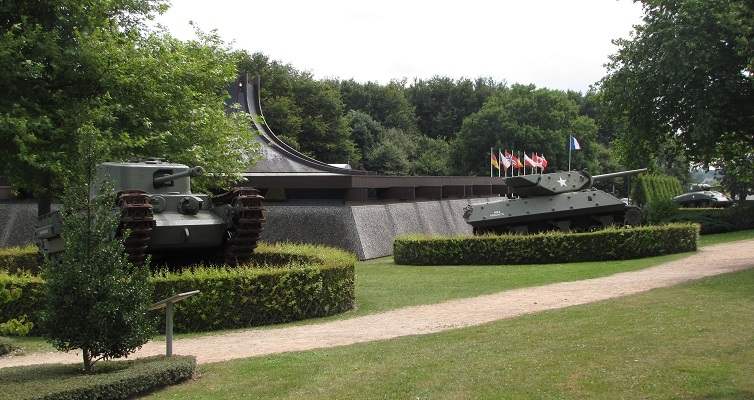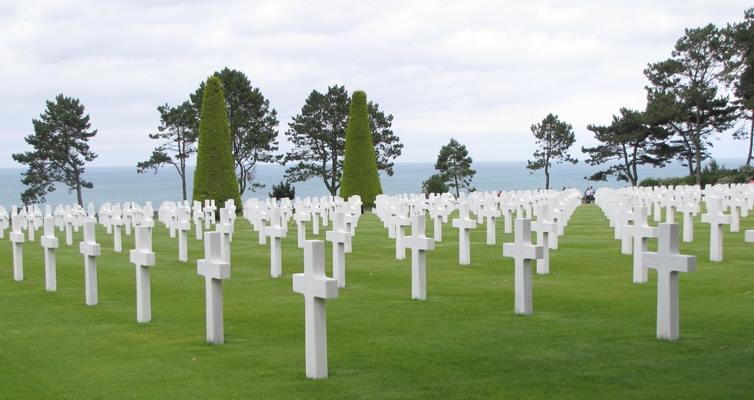
DDay Beaches: History and Visitor Information of Normandy Landing Beaches
On June 6, 1944, France’s Norman coastline became the theater of a decisive chapter in its history — a chapter that would influence the outcome of the Second World War and reshape the destiny of the world.
DDay beaches and the events of that day remain engraved in collective memory. As the largest amphibious military operation ever attempted, the Allied landings in Normandy marked the beginning of a long and costly campaign to liberate Europe from Nazi occupation. This region continues to bear witness to that moment in time.
The Normandy landing beaches
France — and the world beyond its borders — has known, and unfortunately still knows, too many wars. Among all these conflicts, the Allied landing on D-Day stands apart. And let us hope, for the good of all, that it remains forever the largest deployment of armed forces in a single military operation.
Operation Neptune, the landing on the Normandy landing beaches and the parachuting of thousands of Allied paratroopers, marked the first phase of a broader operation — Operation Overlord — whose objective was the liberation of Normandy. Allied forces landed on Utah Beach, Omaha Beach, Gold Beach, Juno Beach, and Sword Beach. Meanwhile, American airborne divisions — the 82nd and 101st — were dropped to the west of the landing zone, and the British 6th Airborne Division to the east, paving the way for troops to reach the beaches under cover. In the lines that follow, we will explore the scope of this historic offensive and its profound legacy.

A historic site dedicated to D-Day
The battles that took place on the DDay beaches on June 6, 1944, were intense and numerous. For everything they represent, these sites still attract thousands of visitors who come with respect — respect for the place and for the history that unfolded there.
And history is indeed at the heart of this website. In addition to presenting the beaches themselves, the site includes other historically significant locations throughout Normandy. Though not part of the beaches proper, these towns and sites played a strategic and often decisive role in the outcome of the June 6 operation.
All of the military efforts, whether on or adjacent to the Normandy landing beaches, make up what is now known as D-Day, the day that changed the course of the war — and history — forever.
A site to better discover each D-Day beach
To maintain a clear and engaging presentation of the region’s touristic dimension, this website introduces the beaches in line with their original military structure, while also offering detailed information about the main towns where Allied troops came ashore.
As we have seen, the impact of the Second World War remains deeply embedded in the region. That impact has also shaped tourism. The presence of 24 museums along or near the coast, and four more inland, illustrates the strong and enduring interest in the subject.
Today, while the legacy of the past is ever-present and explains much of the region’s appeal, it coexists naturally with another kind of tourism — one more oriented toward relaxation. Visitors now come not only to reflect, but also to enjoy the seaside: swimming, walking, spending time with family. And that is entirely understandable. These beaches no longer show the scars of war — far from it.
A dual focus: historical and touristic
This site aims to present not only the historical importance of these sites, but also their touristic appeal. This dual perspective allows anyone who plans to visit the DDay beaches to do so with awareness, and to imagine their journey in advance. Whether for a day or a longer stay, this preparation adds meaning to the experience.
In the paragraphs ahead, you will find ideas for building an itinerary and designing your trip according to your interests — whether military, cultural, or recreational. May it be that you understand what each site has to offer before even setting foot in Normandy.
Such planning allows visitors to reconnect with the past and relive — in thought, in image, and sometimes even in emotion — a pivotal episode in the history of France and of the world.

Make your stay memorable
With the wide range of information available on this site — historical summaries, practical advice, and photographs — you should be able to form a clear picture of what the region has to offer. Both its traditional appeal and its emotional resonance make it a unique destination.
If you are planning a stay focused on D-Day, we invite you to go even further. Our goal is to help you make the most of your time in Normandy — so that your trip will be not only successful, but memorable.
That is why we offer various tools to help you prepare before your arrival. For example, our downloadable PDF guides make it easy to plan your visit to the Normandy landing beaches — even before you set foot in the region.
Giving back while discovering history
And best of all, your trip can also support a good cause. Many of the products we offer help fund charitable organizations. From limited-edition T-shirts to downloadable guides, part of the proceeds go to nonprofit groups. In this way, you can combine the pleasure of discovering the DDay beaches with the satisfaction of contributing to something meaningful. You’ll leave with memories — and the knowledge that you’ve made a difference.
Further exploring the region’s depth and complexity
The story of the DDay beaches is inseparable from the greater Normandy experience. While the landings marked a beginning, what followed was a long and grueling campaign through hedgerows, villages, and valleys — a campaign that would cost many lives and reveal the true resilience of Allied forces. As you travel through the region, you may wish that time would slow down so that every site, every field, every museum be explored with care. This region does not simply invite you to visit; it invites you to reflect, to connect, and to remember.
Preserving memory for future generations
If this site helps even one person better understand what took place on the Normandy landing beaches, then its purpose will have been fulfilled. But let us also wish that many more may learn, so that the lessons of history be not lost in time. We hope that what you discover here inspires not only your travel plans, but your perspective — on war, on peace, and on the legacy left behind by those who landed where you now walk.
